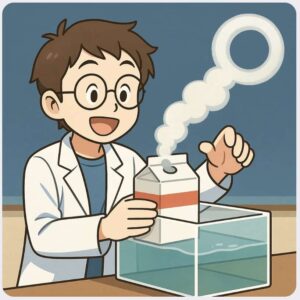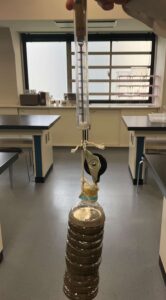The Secret of the Fizz! Learn Chemistry with Citric Acid and Baking Soda (Endothermic Reaction)
I’m Ken Kuwako, a science trainer. Every day is an experiment.
【Safe and Simple!】 An Introduction to the “Fizzing Reaction” Experiment Using Citric Acid and Baking Soda
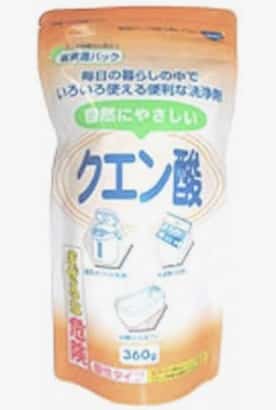
Remember the delightful “fizz” of aラムネ (a Japanese soda candy) melting on your tongue? Or the way a bath bomb bubbles up and fills the tub? These are common examples of fascinating chemical reactions hidden in our everyday lives. While you might think of complicated chemicals and lab equipment when you hear “science experiment,” you can actually recreate this “fizz” at home with just two simple ingredients.
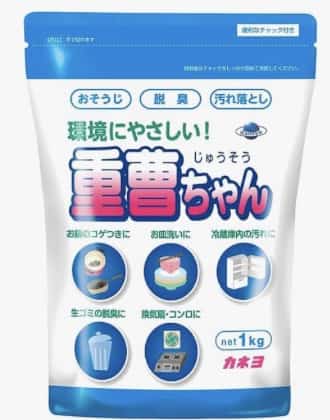
Just the other day, my science club students’ eyes lit up as they called out, “Mr. Kuwako, you have to see this!” They showed me a beaker where just by mixing citric acid and baking soda and adding water, a lively stream of bubbles began to form as if it were alive. Watching the enchanting sight created by these tiny bubbles, I couldn’t help but smile.
What makes this experiment so great is its simplicity and safety. Both citric acid and baking soda are safe ingredients used in food and household products. This makes it perfect not only for school lessons but also for summer vacation projects or parent-child experiments at home. So, let’s explore the secret behind this everyday “magic” together!
■ Materials and Procedure
Materials:
• Citric acid (powder / available at pharmacies and 100-yen shops)
• Baking soda (NaHCO₃ / household type is fine)
• Dropper or spoon
• Water
• Small beaker or paper cup
Procedure:
- Put baking soda and citric acid into a cup in a 1:1 ratio.
- Add a small amount of water.
- Observe the fizzing and record the characteristics of the gas produced.
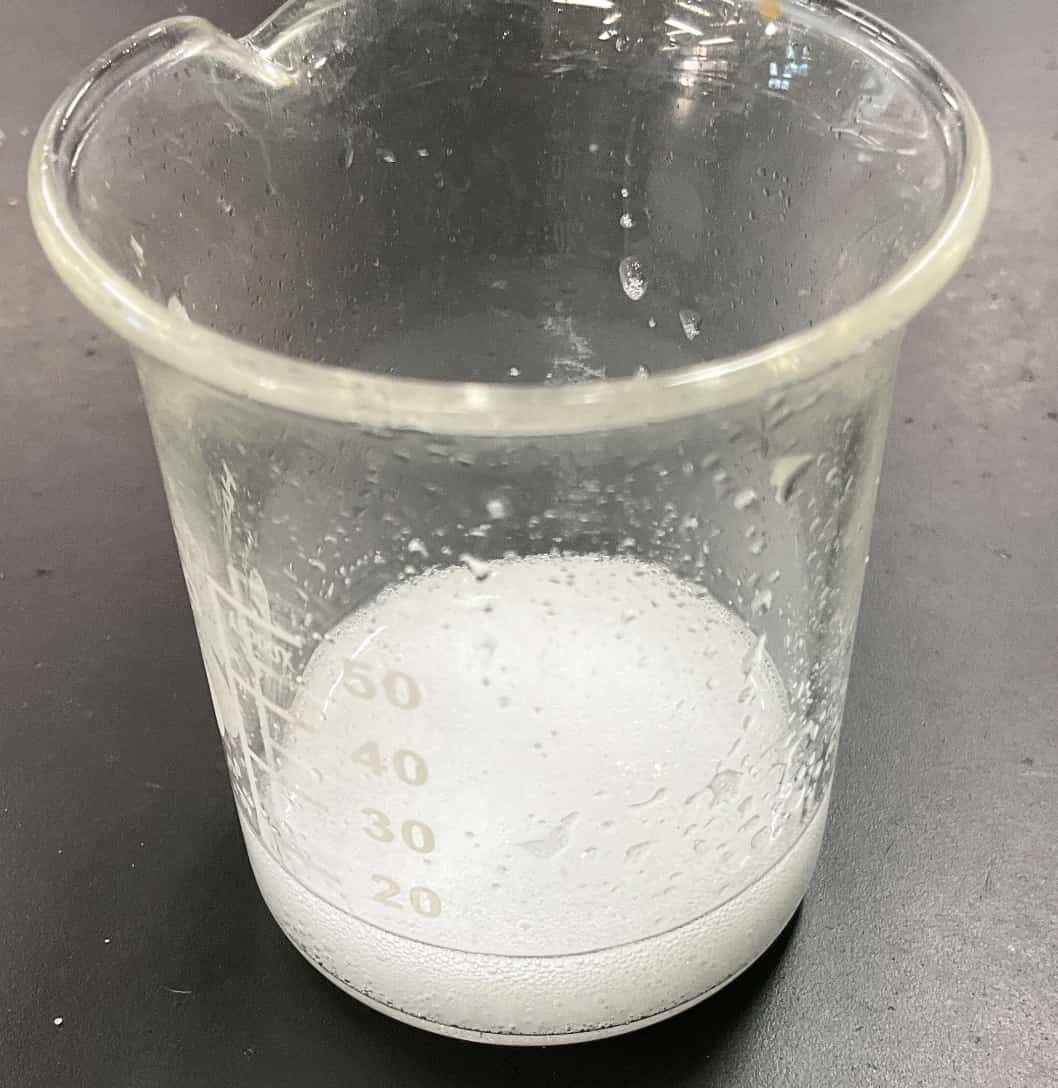
■ The Chemistry Behind the Experiment!
Citric acid (C₆H₈O₇) is an “acidic” substance with multiple carboxyl groups (-COOH). On the other hand, baking soda (NaHCO₃) is “alkaline.” When these two—an acid and a base—are mixed and water is added, a chain of chemical reactions occurs.
Hydrogen ions (-H) are released from citric acid and sodium ions (Na⁺) from baking soda.
The citric acid and baking soda undergo a neutralization reaction, creating a new substance called sodium citrate (C₆H₅O₇Na₃).
At the same time, carbonic acid (H₂CO₃) is formed, but it’s an extremely unstable substance. As a result, it quickly breaks down into water (H₂O) and carbon dioxide (CO₂).
These chemical reactions can be summarized in a single equation:
C₆H₈O₇ + 3NaHCO₃ → C₆H₅O₇Na₃ + 3CO₂ ↑ + 3H₂O
This means the fizzing bubbles rising from the beaker are the same gas we exhale every day—carbon dioxide. It’s the exact same principle that makes carbonated drinks bubble.
■ Why does it feel cold?
If you touch the beaker during the reaction, you’ll notice it feels surprisingly cool. This is because the chemical reaction is an endothermic reaction. An endothermic reaction absorbs heat from its surroundings as it proceeds. Just as ice cools the air around it as it melts, the reaction between citric acid and baking soda draws heat from the beaker and your hands, making them feel cold. This is a great, tangible introduction to physical chemistry that’s typically taught in middle school.
In science education, “relevance” and “safety” are key elements. This experiment with citric acid and baking soda checks both boxes while also providing a great opportunity to learn fundamental chemistry. It’s the perfect way to spark curiosity about the “why” behind things in our daily lives, so go ahead and give it a try!
About Inquiries and Requests
Discover the wonder and fun of science in a more familiar way! I’ve put together easy-to-understand explanations of fun science experiments you can do at home and tips for them. Please feel free to search for more!
・For more information about the operator, Ken Kuwako, click here
・For various requests (writing, lectures, experiment classes, TV supervision, appearances, etc.), click here
・Article updates are delivered via X!
![]() The Science Channel delivers experiment videos!
The Science Channel delivers experiment videos!

